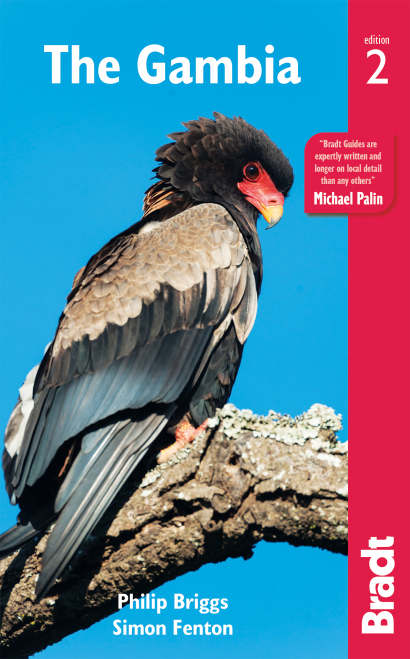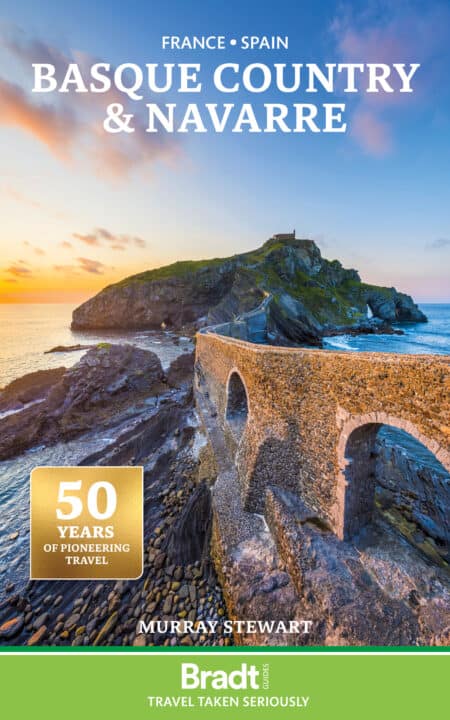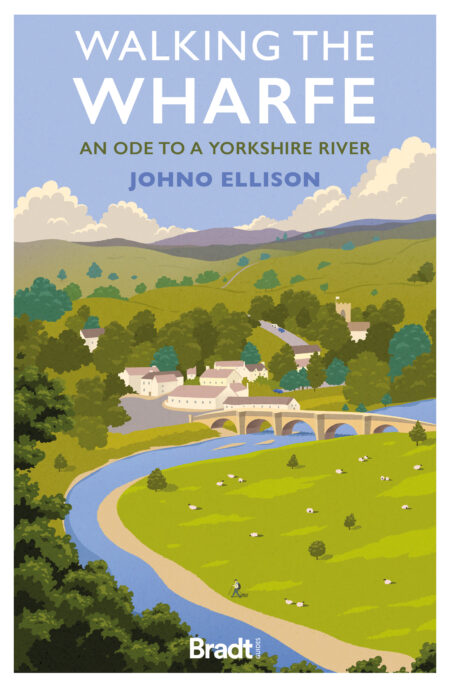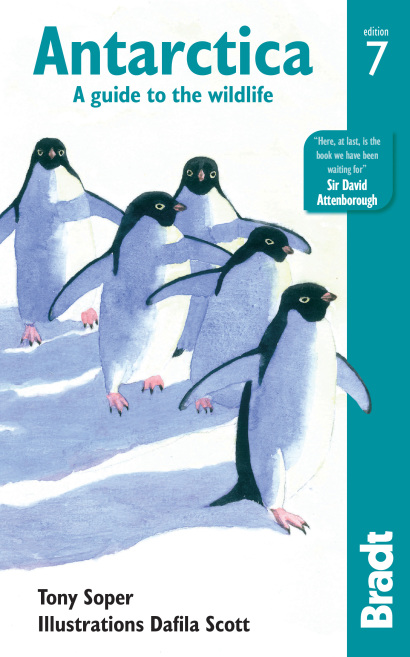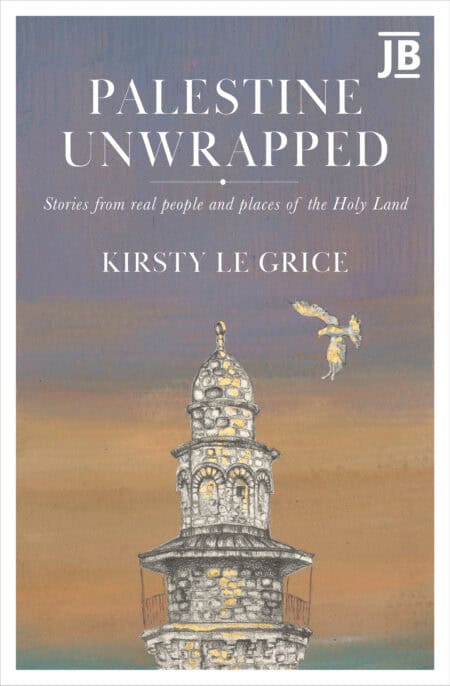Gambia
by Philip Briggs
Publication Date: 21st Nov 2017
£14.99
The Gambia Travel Guide – Expert travel advice including Banjul highlights, hotels and resorts, restaurants, River Gambia, national parks and reserves, birdwatching. This guide also features suggested itineraries, wildlife tracking and natural history, Niumi National Park, UNESCO World Heritage Sites and culture, Juffureh and James Island, beaches.
About this book
With 16 well-researched chapters and 26 useful maps, this new thoroughly updated second edition of Bradt’s The Gambia remains the most comprehensive guide available in any language to what is the smallest country on mainland Africa. Significant development has taken place in recent years and this new edition offers all the latest updates, including new restaurants and hotels, detailed coverage of the many new eco lodges and camps that have sprung up, information on festivals, music workshops and opportunities to experience the unique local culture, and informed advice about birdwatching possibilities in a country very popular with first-time birders to Africa. As well as encompassing the popular coastal resorts, the guide also provides all the detailed information required to explore the relatively undeveloped interior, making it ideal for both visitors on organised packaged holidays and independent travellers alike.
Bradt’s The Gambia reveals all the background and practical information needed to explore arguably Africa’s most welcoming and safest country with its plethora of beach resorts ¬ catering to all tastes and budgets ¬ that line the 80km stretch of tropical coastline running from the capital Banjul to the remote southern border. Small in size but rich in African character, The Gambia offers perhaps the closest English-speaking ‘winter sun’ destination from Europe. Justifiably popular with birdwatchers, the lush mangrove- and jungle-fringed river is also home to crocodiles, hippos, chimpanzees and a variety of monkeys. Historic attractions include the mysterious megalithic stone circles at Wassu and Ker Batch, and the fortified James Island and former slave-trading village of Juffureh (to where Alex Haley traced his ancestry in the book and TV programme Roots) – all of which form part of the country’s two UNESCO World Heritage Sites and offer rich pickings to moderately adventurous travellers.
All in all, Bradt’s The Gambia is the perfect companion for discovering this safe, welcoming and decidedly tourist-friendly English-speaking country which makes for an ideal short-stay introduction to the unique atmosphere of Africa.
About the Author
Philip Briggs has been exploring the highways, byways and backwaters of Africa since 1986, when he spent several months backpacking on a shoestring from Nairobi to Cape Town. His association with Bradt started in 1991 when he wrote the first guidebook to South Africa to be published after the release of Nelson Mandela. Over the rest of the 1990s, Philip wrote a series of pioneering Bradt guides to destinations that were then – and in some cases still are – otherwise practically uncharted by the travel publishing industry. These included the first dedicated guidebooks to Tanzania, Uganda, Ethiopia, Malawi, Mozambique, Ghana and Rwanda, all of which are now in their 4th-7th edition. More recently he wrote the only guidebook to Somaliland, also published by Bradt. He first visited The Gambia in the late 1990s as part of an extended trip to West Africa and returned there twice, most recently in 2013. He has visited more than two dozen African countries in total and written about most of them for specialist travel and wildlife magazines including Africa Birds & Birding, Africa Geographic, BBC Wildlife, Travel Africa and Wanderlust.
This edition has been updated by travel writer and photographer Simon Fenton. After an early career as a biologist, he lived, worked and travelled in Asia for several years before returning to the UK to ‘settle down’, where he set up the award-winning social enterprise StreetShine. After a perfect storm of events re-ignited his wanderlust, he eventually found himself in Senegal, where he and his Senegalese partner, Khady, built – and run – an eco-guesthouse in Abene, a few miles south of the Gambian border. Simon was a member of a Jola family, a tribe widespread across The Gambia and southern Senegal, meaning that he travelled regularly across the region with a particular interest in documenting the local Jola culture. Tragically, in May 2017, Simon was killed in a car accident in Senegal. Simon was a contributor to the Bradt guide to Senegal and published two books chronicling his adventures in the country: Squirting Milk at Chameleons and Chasing Hornbills.
Additional Information
Table of ContentsChapter 1 Background Information
Chapter 2 Natural History
Chapter 3 Practical Information
Chapter 4 Health
PART 2 GREATER BANJUL AND KOLOLI
Greater Banjul and Kololi: An Overview
Chapter 5 Central Banjul
Chapter 6 Bakau and Cape Point
Chapter 7 Serekunda, Fajara and Kairaba Avenue
Chapter 8 Kotu and Palma Rima
Chapter 9 Kololi and Environs
PART 3 THE COASTAL BELT
The Coastal Belt: An Overview
Chapter 10 Brufut, Tanji and Surrounds
Chapter 11 South to Kartong
Chapter 12 Inland to Brikama and Pirang
Chapter 13 Niumi and the North Coast
PART 4 UPRIVER GAMBIA
Upriver Gambia: An Overview
Chapter 14 Inland to Soma and Farafenni
Chapter 15 Janjanbureh and Central River Division
Chapter 16 Basse and Upper River Division
Appendices Language
Glossary
Further info
Index
